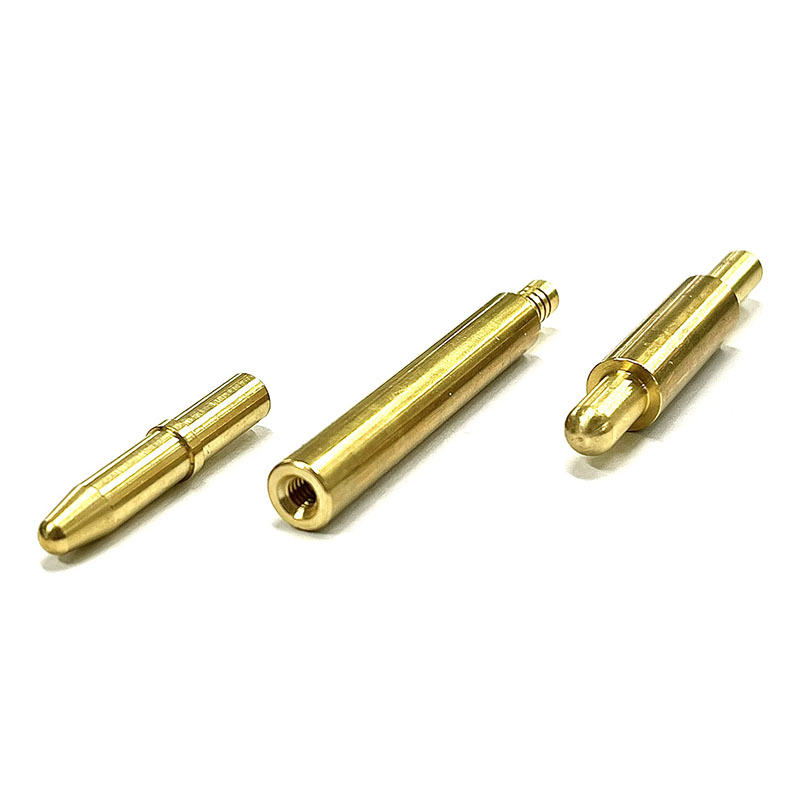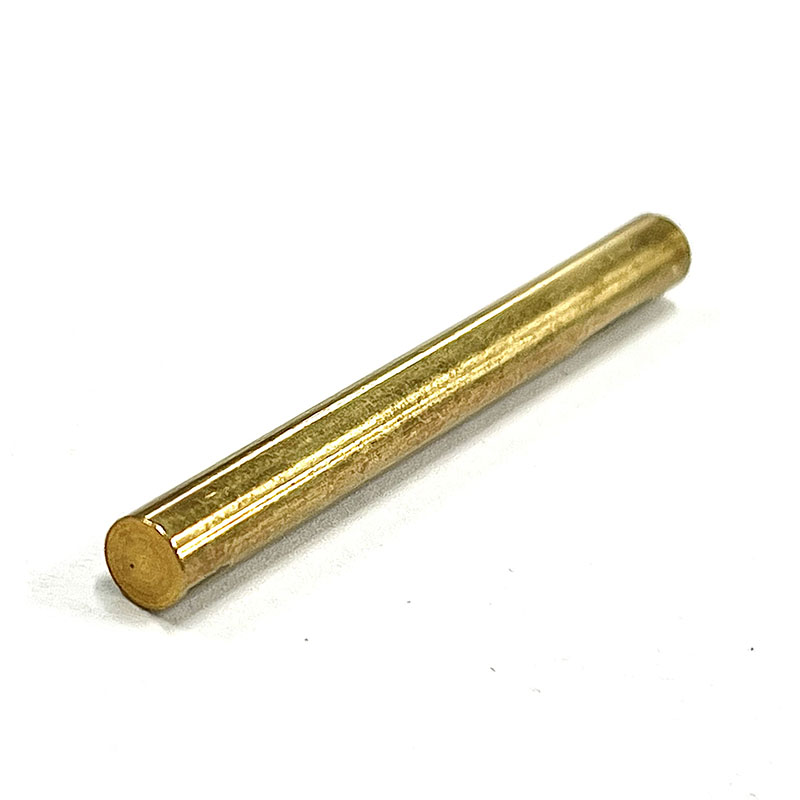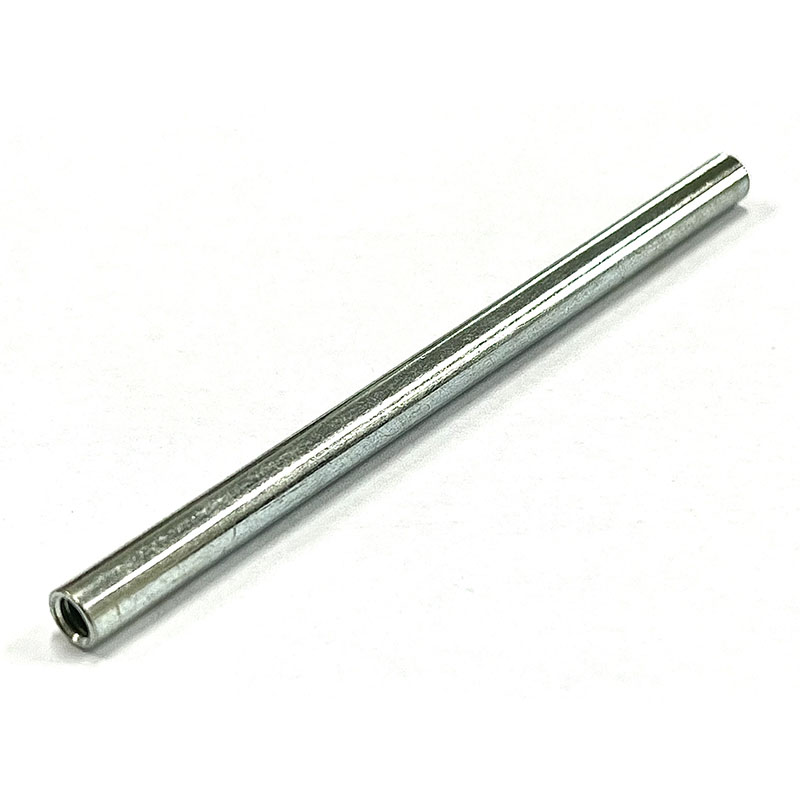various pillars
Welcome to contact us.
One common type of pillar in the realm of tools is the guide pillar. These pillars serve as a guiding mechanism, ensuring precise and accurate movement of machine parts or tools. Guide pillars are often made of hardened steel or other sturdy materials to withstand the forces and maintain dimensional stability during operation. They are essential in applications such as precision machining, where tight tolerances and smooth movement are crucial.
Another type of pillar used as a tool accessory is the support pillar. Support pillars are employed to provide additional stability and reinforcement to workpieces or tool setups. They are typically used in jigs, fixtures, and workbenches to elevate or support the material being worked on. Support pillars can be adjustable or fixed, allowing for customization and versatility in various applications.
Pillars also find application as attachment points in tooling systems. For example, in modular tooling setups, pillars act as connectors between different components, enabling quick assembly and disassembly. These pillars often feature threaded holes or slots to accommodate bolts, screws, or clamps, providing a secure and reliable connection. Tooling pillars enhance efficiency and flexibility in tool setups, allowing for easy interchangeability and customization.
In the field of woodworking, pillars known as dowels are widely used. Dowels are cylindrical rods or pins made of wood, plastic, or metal. They serve as joining elements, providing strength and stability in woodworking joints. Dowels are inserted into pre-drilled holes in the mating pieces, creating a firm connection that can withstand various loads and stresses. Dowels are commonly used in furniture making, cabinet construction, and other woodworking applications.


